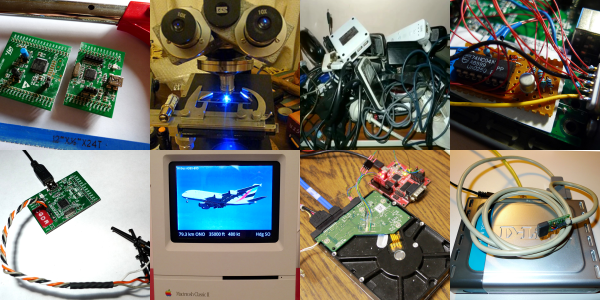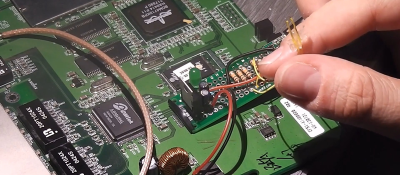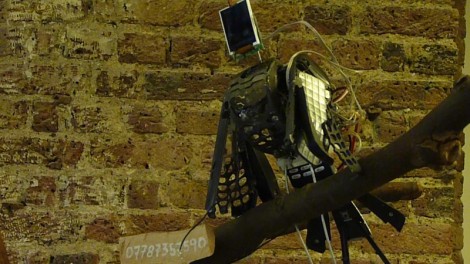The Internet of Things is garbage. While the most visible implementations of the Internet of Things are smart lights that stop working because the company responsible for them folded, or smart thermostats that stop working because providing lifetime support wasn’t profitable, IoT could actually be useful, albeit in devices less glamorous than a smart toaster. Smart meters are a great idea, and so is smart trash. That’s what [mikrotron] and company are entering into the Hackaday Prize – smart trash cans – and it’s not as dumb as spending $40 on a light bulb.
The idea behind the Internet of Trash is to collect data on how full a trashcan is, and publish that data to the Internet. This information will be used by a city’s trash collectors and recycling agencies to know when it’s time to collect the garbage.
The hardware for the Internet of Garbage needs to know how full a can is, and for that the team has turned to an ultrasonic sensor pointed down into the garbage. The amount of trash in a can is pinged once a day, and the information is sent over the Internet via a GSM network. Additionally, the GPS coordinates and a unique ID are delivered to the server, with everything ultimately powered by a solar panel.
The future of the Internet of Things isn’t putting Twitter in a coffee maker, it’s all about infrastructure, whether that’s power, solar freakin’ roadways, or the trash. We’re glad to see a useful application of a billion smart things, and the Internet of Trash makes for a great Hackaday Prize entry.






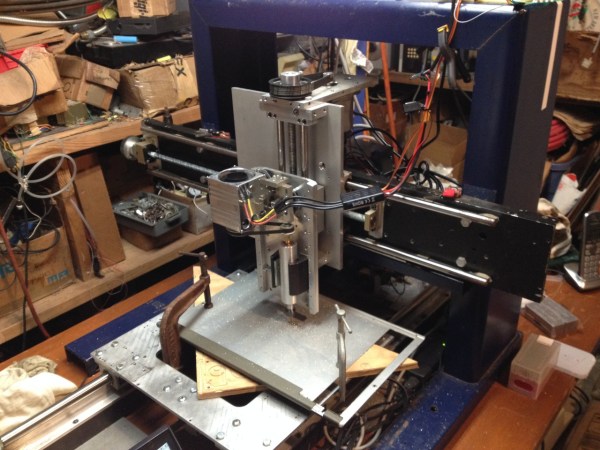
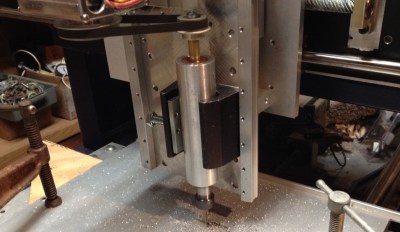 Most people will start by using a handheld router for the spindle. The benefits are obvious: they’re inexpensive, easy to procure, and generally come with mounts. But, there are some definite downsides, one of the most glaring of which is the lack of true speed control.
Most people will start by using a handheld router for the spindle. The benefits are obvious: they’re inexpensive, easy to procure, and generally come with mounts. But, there are some definite downsides, one of the most glaring of which is the lack of true speed control.